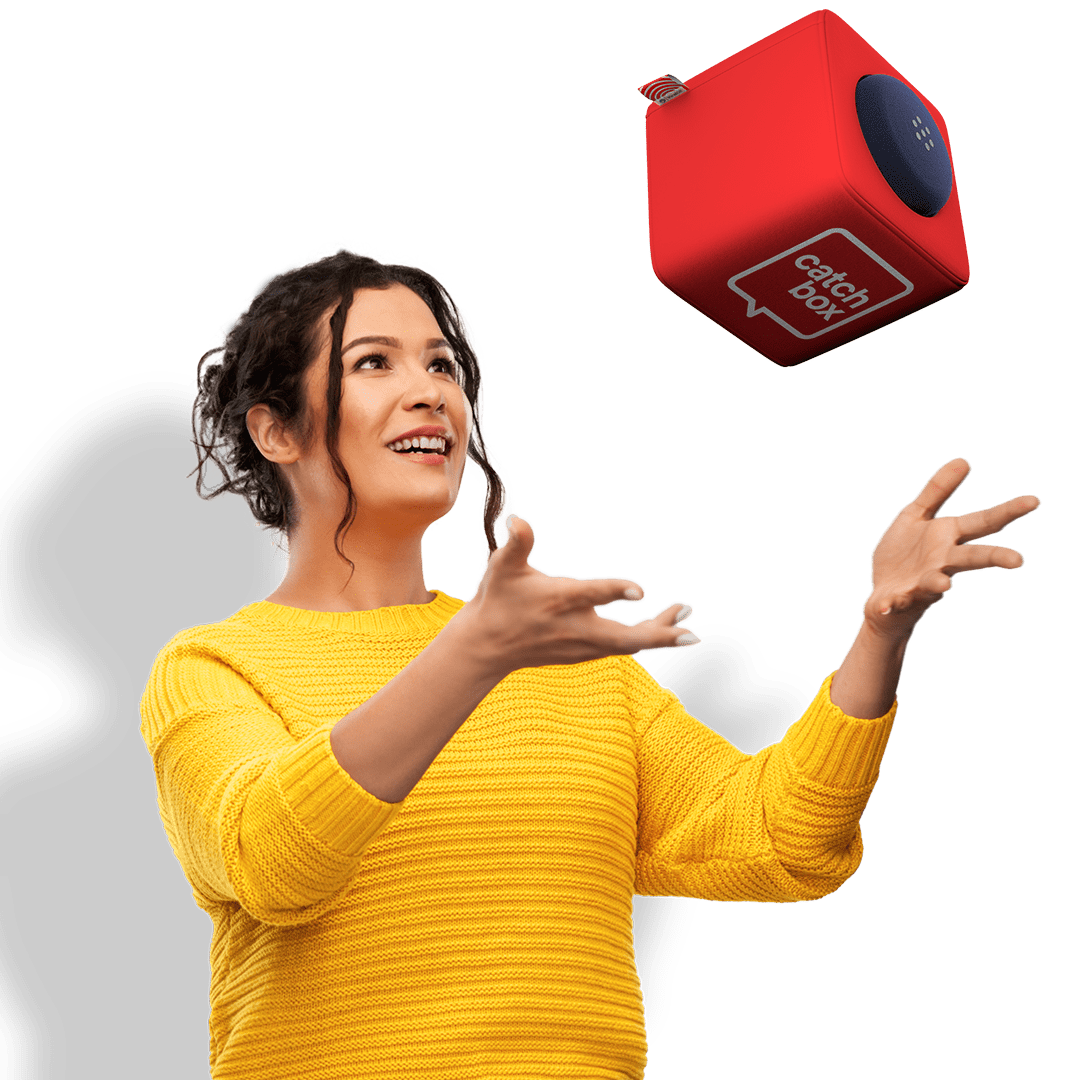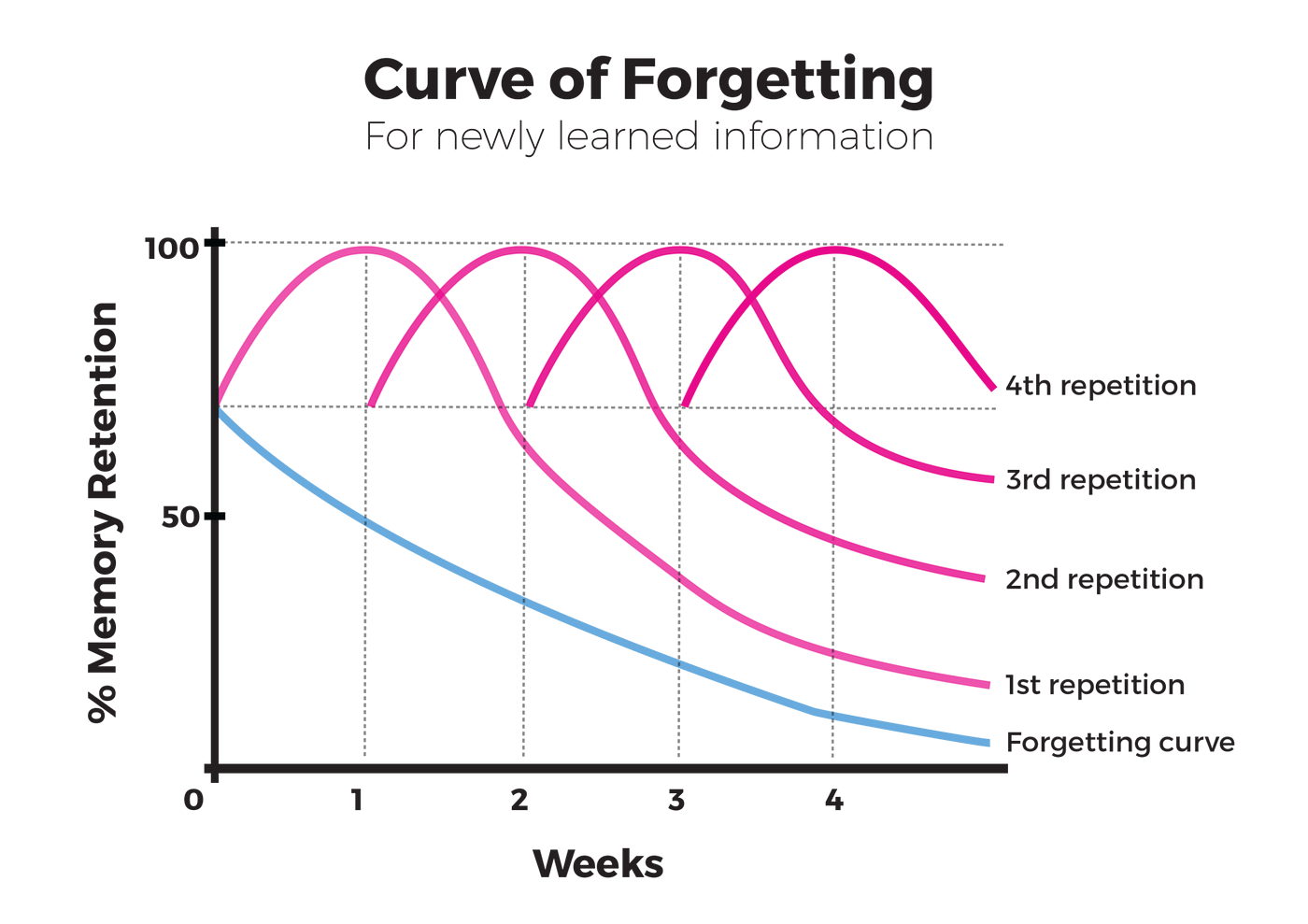10 Tips For Crafting All Hands Content That Activates Strategy
I love an All Hands event.
It’s that date in the diary that’s the heartbeat of any organisation. A day that pumps energy, love and a lot life into company culture. It has the potential to engage employees, connect global teams, activate strategy and empower individuals to act, but the sad thing we tend to see is that All Hands becomes a quarterly, tick-box exercise. It’s done because everyone does them. The opportunity to elevate an EVP, connect, inspire, and align is missed. The CEO has said their piece, and that’s all there is to it. Any ROI on all that time together, gone.
It’s got to stop. At Cultures that Pop, we believe internal events should be a time to shine. Not just informative. Not one-way dialogue. We wanna see transformative environments that activate strategy and engage your people.
So, whether you're crafting your next All-Hands slide deck or coaching an executive for their first time in the spotlight, here are our 10 tips to turn bland updates into moments that make a real difference.
1. Start With a Story (Not a Slide)
Forget the preamble. Open with a moment — an emotional hook, a bold challenge, or a relatable win from the frontline. You are setting the tone for the entire day. I’ve sat through CEOs getting up and starting with a run-through of the day, and while I appreciate the logic behind it, it’s key to make those first impressions count. On the flip side, I’ve watched leaders kick off with a story so inspiring that the audience was hooked from the get-go.
Why? Because stories get the audience's brains ticking. When we hear someone sharing their experiences with us through stories, the release of neurochemicals like oxytocin (the "trust hormone") and dopamine (linked to memory and motivation) enhances emotional engagement and memory encoding. The audience warms to it, with emotions enhancing experiences and our brains soaking up the storyteller’s tale like a sponge.
Will I ever forget the Sales Leader telling me the story of how our tiny start-up would become a household name? No. Would I forget the CTO who came on stage and told the story of ownership and accountability? Never. Will the story from our CEO of how we sold to our investors be forgotten? It’s 12 years ago, and it’s still fresh in my mind.
These stories moved me. They were relatable, lived, honest tales of times ahead and days gone by. Those stories humanised strategy. They used a simple classic story arc: beginning → challenge → resolution → call to action.
And, very importantly, the realness carried through to the slides, with stock photography kept to a minimum and authenticity visible throughout.
2. Make It Audience-First, Always
Before you start on those speaker notes, ask yourself this: “Why should our people care?”.
Does it relate to their everyday at work? Are you in tune with their thinking and what’s not been working for them? Do you know what they want to celebrate and what their incredibly proud of? Or, is everything centred on profit, productivity and investors?
It needs balance. To engage an audience, you must to create content that hits the bits they’re most interested in.
KPIs are key, yes. But blend those business priorities with human relevance. Build in stories about your people. Connect it back to how your supporting them to deliver. If it doesn’t land with their daily reality, it’s just noise.
Bridge the gap and make your audience part of the story.
3. Make Messaging Stick
Three to five messages.
That’s it.
Repeat them.
Reframe them.
Reinforce them.
And yes, we’re following our own rules here! And, test the stickiness on another person first. If you’re talking technical jargon, it won’t land. Speak in accessible, human, vivid language with words they will remember.
4. Understand Attention Spans
We’re scrolling Slack, toggling tabs, and wondering what’s for lunch. You’re competing for attention span, and it’s estimated that every audience member will be exposed to between 4,000 and 10,000 messages that day. How will you make your key message pop?
Hush the noise, reduce the clutter, tune them in on what’s most important.
Aim to use one idea per slide, incorporate bold visuals, and large legible text.
Tasteful animations and short videos? Chef’s kiss.
And yes — follow accessibility best practices. Inclusion starts in the design phase and you can learn a tonne from sites such as the WCAG or from getting a great designer on board (we’ve got one here if you need one!)
5. Balance Head and Heart
Good content lives at the intersection of logos, pathos, and ethos. That’s logic, emotion, and credibility.
Logos appeals to the logical, reason-driven side of our minds. To win others over, you present a strong body of evidence and facts to support your position. This evidence should then be accompanied by sound logic and well-articulated reasoning
Pathos appeals to the softer side of us mushy humans. It’s the fuzzy feels. The cute bits. The things that make us go “Awwwww…”. Pathos focuses on evoking feelings and emotions in the audience. The aim is to cultivate a sense of connection in the audience toward either yourself or the point you’re trying to make.
Ethos is all about emphasising credibility and authority of the person making the argument, or leveraging off of someone else’s credibility to support your own argument. It’s the proof in the pudding. The way to show “We got this!”. Many speakers use this opportunity to highlight their expertise, achievements, qualifications, accreditations, or personal and professional associations and connections. You can talk about ways you have won before and what demonstrates your capability. Ultimately, fostering a level of trust with the audience as this will make them more likely to take your word as fact, enabling them to act.
Keep these three in balance. Show the "what” and why it matters. Do the data, it earns trust. Open up emotion and win their hearts.
6. Let Your People Participate
Your audience isn't just an audience — they're participants. Use polls, live Q&A (hello, Slido), and spontaneous shoutouts. Leave room for laughter, reflection, and real-time reactions. The best content isn’t broadcast — it’s co-created.
One of my personal favourites is an open Q&A as part of the day. It’s an opportunity to speak up, ask questions and learn all about how the company strategy fits together and how their roles drive things forward. To make this slot extra engaging, we like to throw a Catchbox into the mix, literally.
This throwable microphone opens up Q&A in a whole new way. It adds movement, energy, playfulness, and you’ll have a room full of smiles as people take turns throwing the Catchboc microphone about.
Why’s it such a good tool? It softens the pressure for anyone who isn’t used to speaking in front of a large audience and re-energises an audience with unexpected fun. Be warned, though, you’ll likely need to add extra time for all the questions coming in, as everyone will want a turn catching the mic!
7. Tie It Back to Brand and Strategy
No rogue slides. No off-brand colours. Every point should echo your mission, values, and vision.
We’ve worked with several clients to turn this event into a strategic brand impact piece. And, when you’re investing this much time, energy, and resource into organising it, it absolutely should be your brand’s time to shine.
Canva is all well and good, but let’s not get it twisted when it comes to understanding creative brand strategy. Get an expert on it.
It’s crucial that your mission, values and vision are reflected in every element of the day.
Whether it’s a venue transformed into a place your brand truly pops, or a completely virtual world where employees can play - I mean… have you seen what the folks at Sinewave are doing? Visually reinforce brand elements throughout, so that even the background music, lighting and slide design represent your culture. Repetition isn't just okay — it's strategic.
8. End With a Call to Action (or Don’t Bother at All)
A great speech shouldn’t end when you walk off-stage! That should be the activation of desired action. But, if the audience doesn’t know what to do next, the moment fizzles.
The call to action turns passive listeners into active doers. It’s the tangible "do this" that comes after capturing the audience with your message and will take your slot from a message drop to a catalyst for change.
Close with clarity. Enact a sense of urgency. Use action-oriented words such as “sign up," "donate," and "share”, so there is no room for misunderstanding.
Invite them to reflect, act, share, commit and make that next step personal, not just another item on the to-do list.
In the days that follow, be sure to follow up.
9. Rehearse Like You Mean It
I’ve lost count of the times I’d ask someone to present on their subject area, and be very clear that they’ve got a ten minute slot. The day comes, they’re up on the mic, and half an hour later, they’re still talking. Doh!
For timing rehearsals are so important. It’s also for tone. Even the best content falls flat if the delivery feels robotic. Run it live. Give them feedback. Make the content better each time.
We often find ourselves coaching speakers on how to tell the story, not read the slides. Too much text on slides can be massively reduced with a few runs through, and even better, all that copy can be used in future blogs and follow-up communications.
For people new to speaking, rehearsals can really help shake those nerves. You can use it as an opportunity to reassure them. Comfort breeds confidence, and confidence breeds credibility (topping up that all important ethos!).
10. Reinforce After the Curtain Falls
The real engagement happens after the applause. Repurpose your key messages into emails, Slack recaps, videos, and team huddles to maximise the messaging impact.
Are you familiar with the Forgetting Curve?
Pioneered by Hermann Ebbinghaus, the Forgetting Curve shows us how information is lost over time when there is nothing helping us to retain it.
It suggests that memory retention declines rapidly after learning, with the most significant drop occurring shortly after the initial exposure to new information. Yes, you saw right. Nearly 90% of what you said will be forgetten by the end of the week.
But don’t fret, we can fight the forgetting curve with a long tail of content.
Culture change isn’t a single event — it’s a campaign and you need to drive it.
Your Culture Deserves Better
All Hands should feel like the coming together of a community, not a broadcast. Now we’ve shared our ten tips, we hope you have fun turning your company all hands into a culture and brand jazz hands moment. Let’s transform employee events into culture-shaping moments that stick, spread, and sparks action, with content that doesn’t just land — it lives.




